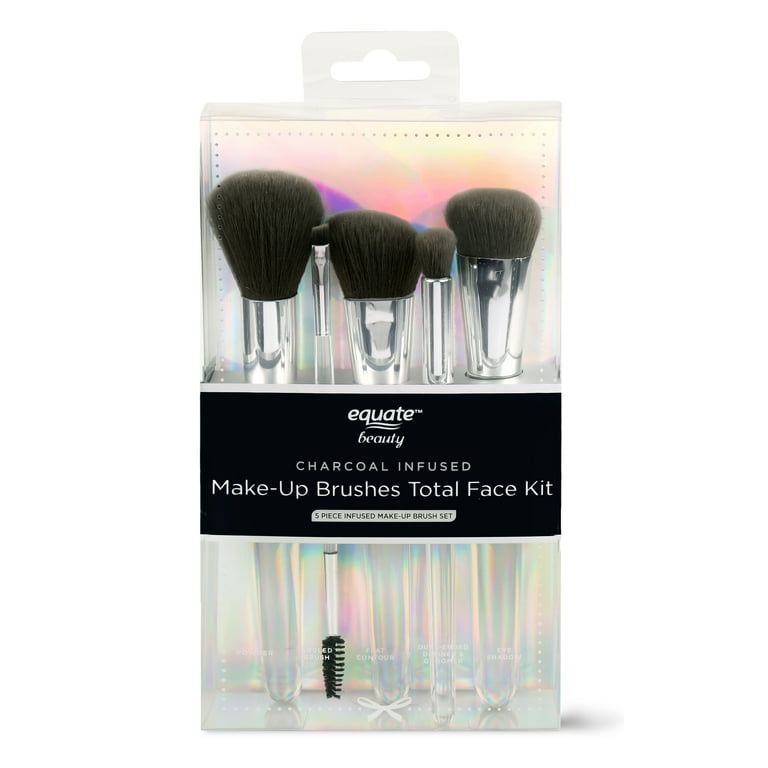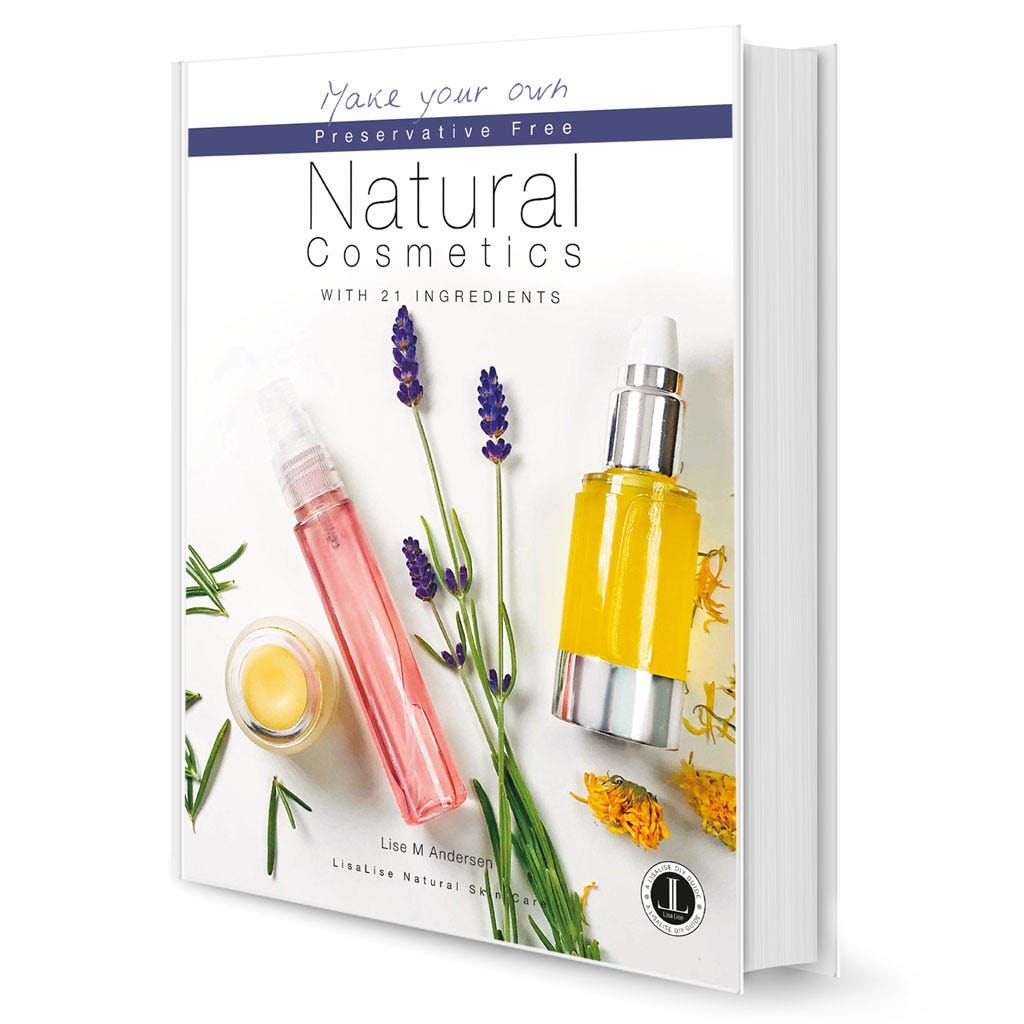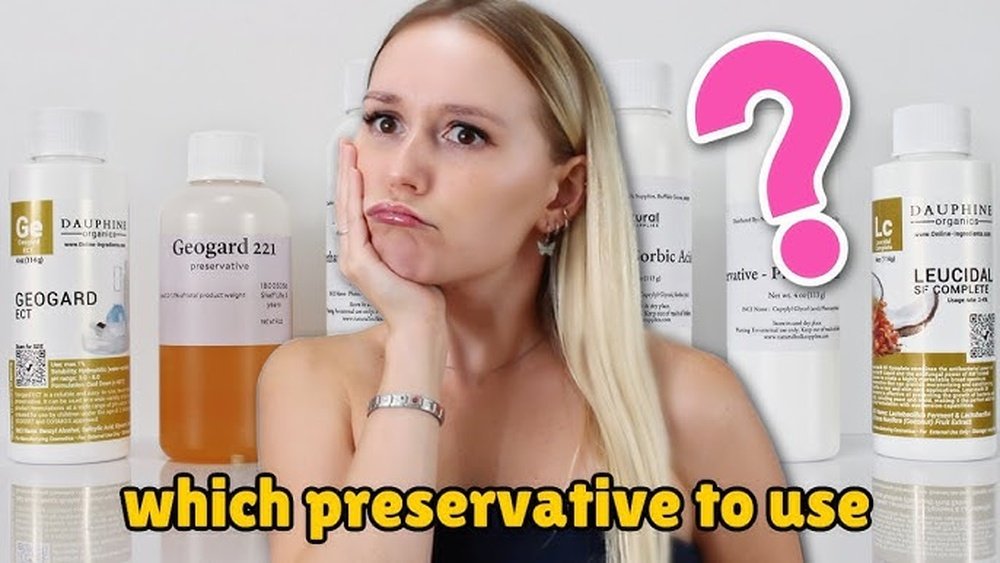If you’re making your own cosmetics at home, you know how rewarding it is to create products tailored just for you. But here’s a crucial secret: without the right preservative, your homemade lotions, creams, and serums can quickly spoil or even become unsafe.
Choosing the right preservative isn’t just about extending shelf life—it’s about protecting your skin and health. In this guide, you’ll discover simple yet powerful tips to pick the perfect preservative for your DIY cosmetics, ensuring your creations stay fresh, effective, and safe every time you use them.
Ready to master this essential step and boost your homemade beauty game? Keep reading!

Credit: www.walmart.com
Types Of Preservatives
Choosing the right preservative is crucial for making safe and lasting DIY cosmetics. Preservatives protect products from bacteria, mold, and yeast. Different types serve various needs and preferences. Understanding these types helps you pick the best option for your creations.
Synthetic Options
Synthetic preservatives are man-made chemicals. They offer strong and broad protection. Common examples include phenoxyethanol, parabens, and formaldehyde releasers. These preservatives work well in many formulas and last longer. They often require lower usage levels to be effective. Some people avoid them due to sensitivity or preference for natural products.
Natural Alternatives
Natural preservatives come from plants or minerals. Examples are essential oils, grapefruit seed extract, and certain acids like sorbic acid. They appeal to those seeking clean or green beauty products. These preservatives may have a narrower protection spectrum. They often need higher concentrations or combinations for best results. Natural options usually suit small batches or short shelf lives.
Combination Preservatives
Combination preservatives blend synthetic and natural ingredients. They aim to balance effectiveness and gentleness. This mix can cover a wider range of microbes. It often reduces the amount of each preservative needed. Combining helps meet safety and performance goals. Many DIY formulators prefer these blends for versatility and reliability.

Credit: www.formulatorsampleshop.com
Factors Affecting Choice
Choosing the right preservative for DIY cosmetics depends on several important factors. These factors influence how well the preservative works and how safe the final product will be. Understanding these key elements helps create effective and stable skincare or makeup items. Below are the main aspects that affect preservative choice.
Product Ph Levels
The pH level of your cosmetic product affects preservative effectiveness. Some preservatives work better in acidic environments. Others perform best in neutral or slightly alkaline conditions. Checking the pH helps match the preservative that stays active and stable. Using the wrong preservative for your product’s pH can reduce its protection.
Water Content
Water is a major factor in preserving cosmetics. Products with high water content need stronger preservatives. Water encourages bacterial and mold growth, which preservatives must control. Dry or anhydrous products need less or no preservatives. Knowing the water amount guides you to the right preservative strength and type.
Intended Use
The product’s purpose affects preservative choice. Leave-on products like creams need broad protection. Rinse-off products may require lighter preservation. Products for sensitive skin need gentle preservatives. Also, consider if the product will contact eyes or lips. Safe preservatives vary by product use and target area.
Safety Considerations
Choosing the right preservatives for DIY cosmetics involves more than just effectiveness. Safety is a top priority. Preservatives must protect your products without harming your skin or health. Understanding safety considerations helps create safe, long-lasting cosmetics. Below are key safety factors to consider.
Allergy Risks
Some preservatives can cause skin irritation or allergic reactions. Always check for common allergens in ingredient lists. Perform patch tests on a small skin area before full use. Avoid preservatives known to trigger allergies in sensitive individuals. Choose gentle preservatives suitable for all skin types.
Toxicity Levels
Preservatives vary in toxicity. Use only approved preservatives with low toxicity. Follow recommended usage rates strictly to avoid harmful effects. Overuse can cause skin damage or systemic toxicity. Research each preservative’s safety profile before adding it to your formulas.
Regulatory Compliance
Each country has rules about cosmetic preservatives. Check regulations in your region to ensure compliance. Use preservatives listed as safe by regulatory bodies like the FDA or EU. Avoid banned or restricted substances to prevent legal issues. Keep updated with changes in cosmetic safety laws.
Usage Guidelines
Using preservatives correctly in DIY cosmetics is key to keeping products safe and fresh. Proper usage helps prevent bacteria, mold, and yeast growth. Follow these guidelines to ensure your homemade cosmetics last longer and stay effective.
Recommended Concentrations
Always use preservatives within the suggested limits. Most preservatives have a range between 0.5% and 1.5%. Check the product label or supplier’s data sheet for exact amounts. Using too little can lead to contamination. Too much may irritate the skin or change the product texture.
Mixing Techniques
Add preservatives to the cooled phase of your formula, usually below 40°C (104°F). Stir gently but thoroughly to spread the preservative evenly. Avoid adding preservatives during high heat or vigorous mixing. This can reduce their effectiveness. Use a clean utensil to prevent introducing germs.
Storage Conditions
Store your cosmetics in a cool, dry place away from sunlight. Heat and light can break down preservatives. Keep containers tightly closed to avoid contamination. Label your products with the date made and expiry date. Use within the recommended time to ensure safety and quality.
Testing And Shelf Life
Testing and shelf life are key to safe DIY cosmetics. Choosing the right preservative is only the first step. You must verify how well it works and how long your product lasts. This keeps your cosmetics fresh and safe for use. Testing helps spot any weak points in your formula. Shelf life tells you how long the product remains effective and safe.
Regular checks prevent spoilage and protect your skin. Understanding these factors ensures your creations stay reliable.
Preservative Effectiveness Tests
Test preservatives by exposing your product to microbes. Use challenge tests with bacteria, yeast, and mold samples. This shows if the preservative stops growth inside your cosmetic. Observe for any signs of contamination over days or weeks. Lab kits and home test methods help track preservative strength. These tests confirm the safety of your finished product.
Signs Of Spoilage
Watch for changes in color, smell, or texture. Cloudiness or separation signals product breakdown. A sour or off smell means bacteria or mold might be growing. Sticky or slimy feeling shows contamination. These signs mean the preservative failed or expired. Discard any product showing spoilage to avoid skin risks.
Extending Product Longevity
Store cosmetics in cool, dry places away from sunlight. Use air-tight containers to limit exposure to air and microbes. Add antioxidants to reduce oxidation and extend freshness. Follow recommended preservative amounts to maintain protection. Keep tools clean during use to avoid introducing germs. Proper handling and storage keep your DIY cosmetics safe longer.

Credit: www.amazon.com
Frequently Asked Questions
What Is The Best Preservative For Homemade Cosmetics?
The best preservative for homemade cosmetics is a blend of benzyl alcohol and dehydroacetic acid. This combination protects against bacteria, yeast, and molds. Phenethyl alcohol also works well as a gentle preservative. Choose preservatives based on your product’s pH and formulation type for optimal results.
How To Determine How Much Preservative To Use?
Determine preservative amount by weighing your recipe. Use the preservative’s recommended usage rate from its guidelines. Mix thoroughly for even distribution.
How To Choose A Preservative?
Choose a preservative based on your product’s formulation, pH, and application type. Ensure broad-spectrum protection and safety. Check recommended usage rates.
Is Germall Plus Better Than Optiphen?
Germall Plus offers strong broad-spectrum protection but contains synthetic chemicals. Optiphen is milder, paraben-free, and considered more natural. Choose based on your formulation and preservative preferences.
What Are Cosmetic Preservatives And Why Are They Important?
Preservatives stop bacteria, mold, and yeast from growing in DIY cosmetics. They keep products safe.
How Do I Pick The Right Preservative For Diy Cosmetics?
Choose based on your product’s ingredients, pH level, and water content for best results.
Can Natural Preservatives Protect Homemade Cosmetics Effectively?
Some natural preservatives work well but often need combining to cover a wide range of microbes.
Conclusion
Choosing the right preservative keeps your DIY cosmetics safe and fresh. Consider the type of product and its ingredients carefully. Always follow recommended usage amounts to avoid irritation. Test your product’s shelf life to ensure lasting protection. Proper preservatives help prevent mold, bacteria, and yeast growth.
This protects your skin and maintains product quality. Remember, safety matters most in homemade cosmetics. Take time to research and select wisely. Your skin will thank you for it.
 Skip to content
Skip to content 